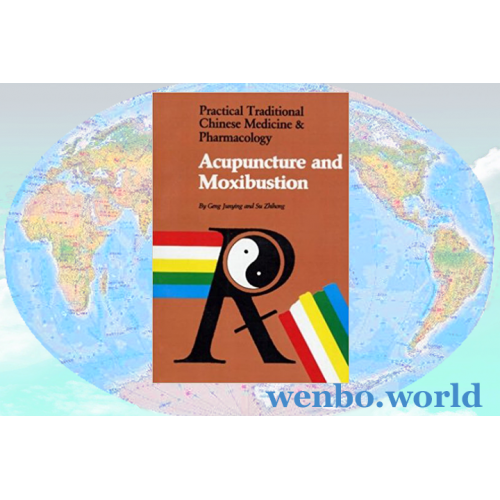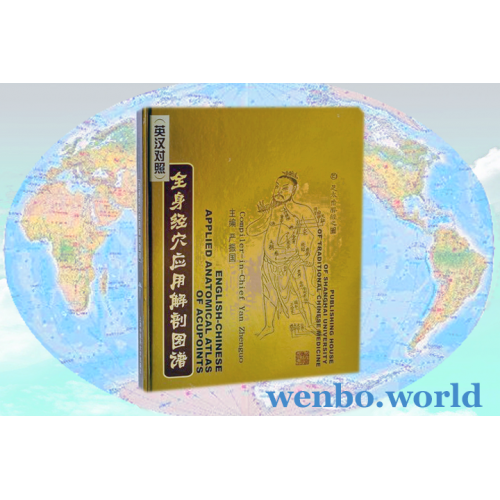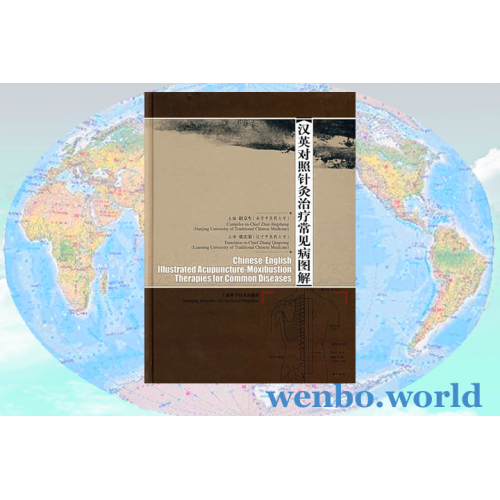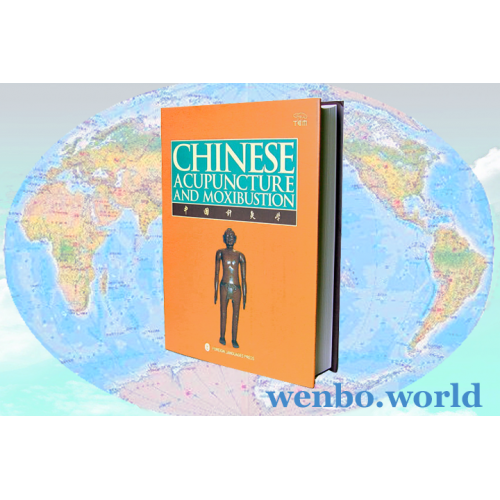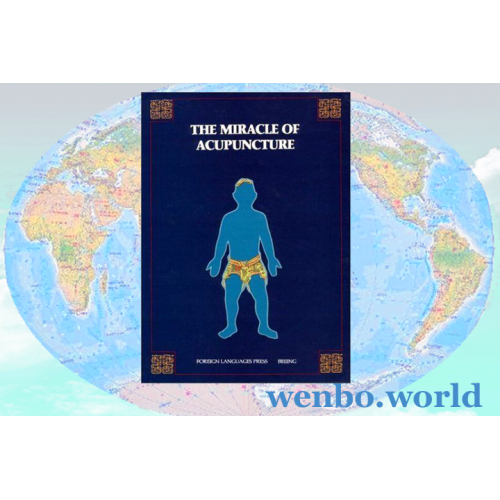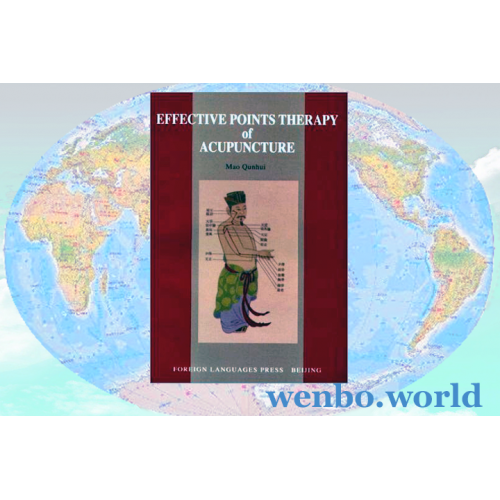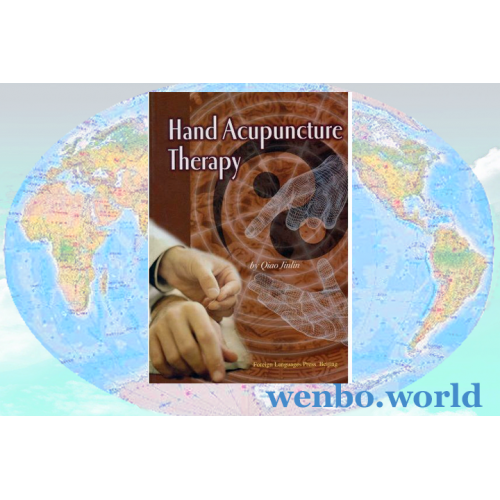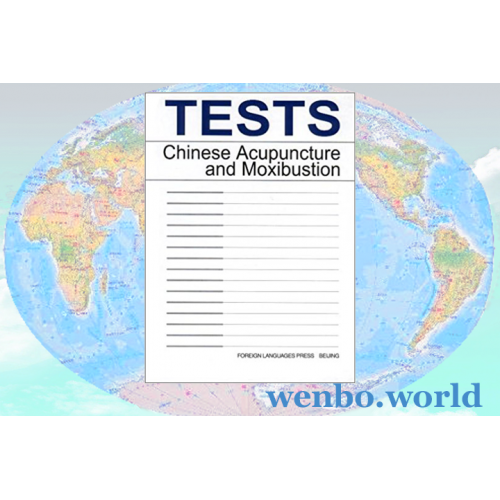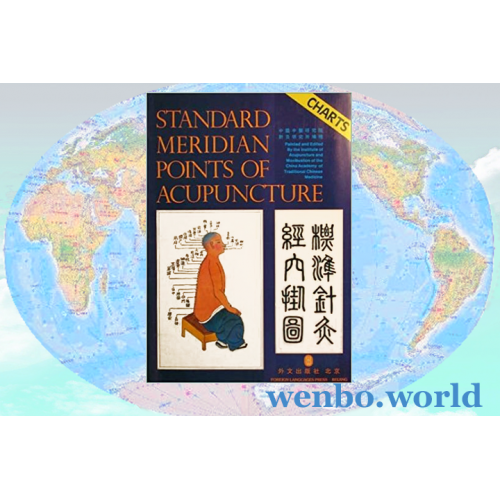Practical TCM & Pharmacology: Acupuncture and Moxibustion
- Brand: Publishers of China
- Model: 1991pb
- SKU: b00acumoxi
- ISBN: 7800051153
- Reward Points: 50
- Availability: 2-3 Days
-
- Price in reward points: 995
Tthe authors stressed more on its practical value and applicability than theoretical explorations. It is mainly of their personal experiences accumulated from years of teaching and clinical practice.
Title: Practical Traditional Chinese Medicine and Pharmacology: Acupuncture and Moxibustion
By Geng Junying and Su Zhihong
English translation
Soft paper cover, 200 pages
New World Press, 1991
7800051153
The second volume of the Practical Traditional Chinese Medicine and Pharmacology series is intended to acupuncture practitioners and students. Instead of expounding largely and copiously on acupuncture theories and principles, the authors stressed in the book more on its practical value and applicability than theoretical explorations. It is mainly of their personal experiences accumulated from years of teaching and clinical practice.
The book is divided into three chapters. The first chapter introduces the most essential and practical techniques as well as the points which merit special attention in applying acupuncture treatments. The second chapter is devoted to the most commonly used acupoints. With a view to practicability and convenience, the authors have not only explained the location, function, pathological indications of each point as almost all books on acupuncture do, but also provided detailed information on the main points to be combined with the current point in treating different types of diseases as well as point variations for the different syndromes of the same disease. Notes are made also to the needling method for each point. The third chapter deals with acupuncture treatments of common diseases. Again in order to make the book more practical and convenient for clinical use, they did not follow the conventional practice of merely mentioning the syndromes and listing the points. Instead the first differentiated each case to determine the nature of its syndrome type as a doctor of traditional Chinese medicine would have done in the clinic. That is to determine whether the syndromes are of the yin, yang, xu, or shi type. Then different methods as well as their purpose and functions are suggested for each type. All these treatments were used personally and found very effective. Case studies are given to the specially effective cases.
Tags: acupuncture
Related Products
Applied Anatomical Atlas of Acupoints
Depicts acupoints on the human body in various postures, acupoints along the fourteen meridians or regional acupoints on the head, neck, trunk and extremities, ..
Illustrated Acupuncture-Moxibustion Therapies for Common Diseases
More than 70 kinds of commonly-encountered diseases in modern clinic involving the departments of internal medicine, surgery, gynecology, pediatrics, dermatolog..
Chinese Acupuncture and Moxibustion
This is the official revision of Essentials of Chinese Acupuncture used by the International Acupuncture Training Centers in Beijing, Shanghai, and Nanjing. Pre..
The Miracle of Acupuncture
introduces etiology and pathology, differentiation of common diseases, treatment with acupuncture and moxibustion: apoplexy or stroke, the common cold, heat str..
Effective Points Therapy of Acupuncture
Provide a succinct and precise, though thoroughgoing, introduction to Prof. Guo Xiaozong's effective points therapy for Western readers. Effective points therap..
Hand Acupuncture Therapy
Human hand is closely related to internal organs, meridians, qi and blood. Hand acupuncture therapy consists of two procedures: Diagnosis, through observing the..
Tests: Chinese Acupuncture and Moxibustion
The questions in this book will show you what is required and therefore help you get the most out of your studies. You will also get the "feel" of the examinati..
Standard Meridian Points of Acupuncture: Charts
3 large charts are good for clinical office wall poster and pharmacy store decoration.This set of charts presents a thorough and accurate location of the points..

